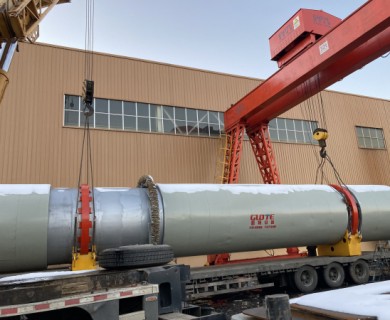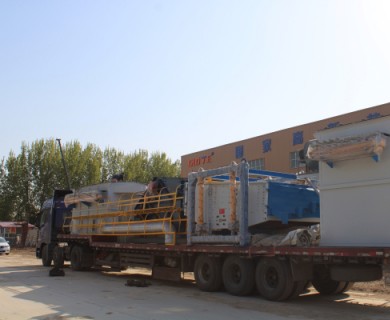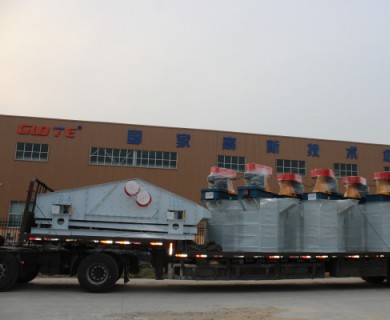Photovoltaic industry: quartz sand overview and role
1. Quartz sand
Quartz is the main mineral component of granite, gneiss and many other rocks, is a very important industrial mineral, quartz resources are widely used in the photovoltaic field, is one of the key basic raw materials in the photovoltaic industry.
2. Raw material for industrial silicon: silicon ore
Silicon ore is the most important raw material for industrial silicon smelting, and it is also the general name of quartz-based minerals such as ganglion quartz, quartzite and quartz sandstone. Industrial silicon, also known as metal silicon, is made of silicon ore (the main component is silicon dioxide), charcoal, coal and petroleum coke and other carbonaceous reducing agents, generated after high temperature reduction reaction, industrial silicon through a purification, can be prepared into polysilicon.
Photovoltaic silicon material, solar grade polysilicon, is the core raw material of photovoltaic power generation system, is the upstream raw material of photovoltaic industry chain, for the gray black solid with metallic luster, with high melting point, high hardness, brittleness, chemical properties are not active at room temperature and other characteristics, and has semiconductor properties, is a very important excellent semiconductor material, known as the "black gold" in the photovoltaic industry chain. At present, the mainstream polysilicon production technology mainly includes modified Simenzi process and silane fluidized bed process, and the product forms are rod silicon and granular silicon, respectively.
Polysilicon can be used as raw material for drawing monocrystalline silicon. The production process of monocrystalline silicon includes crucible free suspension zone melting method and crucible straight drawing method. Crucible free suspension zone melting method refers to the use of high frequency coil in the vacuum furnace in the contact of single crystal seed crystal and polysilicon rod to create a melting zone, the final preparation of high purity, small diameter monocrystalline silicon. Crucible vertical pull method,also known as the Cheklaowski method, the method needs to clean the raw material polysilicon to remove the surface debris, and then the seed crystal is stuck on the tie rod clamp, through the crystal, shoulder, equal diameter growth, finishing and other processes, the final production of monocrystalline silicon.

3. Raw material of quartz crucible: high purity quartz sand
The quartz crucible is actually a kind of container, which is made of high purity quartz sand through mold setting and high temperature production by arc method. It has the characteristics of high temperature resistance, long service time, high purity, etc. It is mainly used as auxiliary consumable for semiconductor and solar energy drawing monocrystalline silicon rod. In the production of monocrystalline silicon, quartz crucible is the key material for melting silicon and crystal growth, which has a direct impact on the production cost and product quality of monocrystalline silicon.
The quartz crucible used for monocrystalline silicon production in China usually adopts double or triple layer structure, and the purity of quartz sand will directly affect the qualityof silicon rod crystal pulling. The lower the purity of quartz sand, the easier it is to produce black spot bubbles in the process of high-temperature melting. When used as inner layer sand, the bubbles contained in the inner wall of quartz crucible will be released by heat under high temperature environment for a long time, which will affect the stability and success rate of monocrystalline silicon wafer production. Therefore, the inner sand requires higher purity of quartz sand, and the price is higher. High purity quartz high-end products such as inner sand with quartz crucible still need to be imported from the United States, Norway, etc., and the outer sand in quartz crucible with slightly lower quality requirements also needs to be imported from India and other countries to solve the ore raw materials.
In short, the product quality of quartz crucible directly affects the quality and cost of czochralcian monocrystalline silicon, and the upgrading of crystal pulling process puts forward higher requirements for the purity, life and size of quartz crucible, and further stimulate the demand for high-end quartz crucible. Quartz sand as the core raw material for the production of quartz crucible, its quality level and cost level to a large extent determine the performance and cost of quartz crucible, therefore, it is necessary to improve the quality of high-purity quartz sand from the quartz source screening, processing and other aspects, so as to improve the quality of quartz crucible to meet its needs in the photovoltaic CZ single crystal manufacturing.
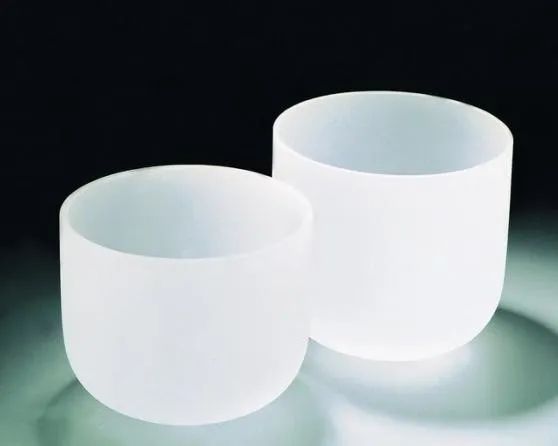
4. Photovoltaic glass raw material: low iron quartz sand
Photovoltaic glass is an important accessory in the photovoltaic industry chain, but also an irreplaceable part of photovoltaic power generation components, and quartz sand is one of the main raw materials for the production of photovoltaic glass, the quality of quartz sand has an important impact on the quality of photovoltaic glass.
Photovoltaic glass is different from ordinary glass and is made of ultra-white glass. Ultra-white glass is a kind of ultra-transparent low-iron glass, also known as low-iron glass, high-transparent glass, with low self-detonation rate, color consistency, high visible light transmittance, good permeability, low ultraviolet transmittance. Light transmittance is one of the important indicators affecting the performance of photovoltaic ultra-white glass. Because iron ions are easy to stain, in order to ensure the high light transmittance of photovoltaic ultra-white glass, the iron content of photovoltaic ultra-white glass is low. The production of photovoltaic glass requires ultra-white quartzite placer with low iron content, which accounts for about 13% of the glass cost. High quality low iron ultra-white quartz placer is relatively scarce in China, concentrated in Fengyang Anhui, Heyuan Guangdong, Hunan, Guangxi and Hainan and other places, the industry has a certain natural monopoly; Taking the current photovoltaic glass faucet as an example, Xinyi Light Energy and Follette's production bases are concentrated in Beihai, Guangxi, Wuhu and Fengyang, Anhui and other places, supporting high-quality silicon placer, raw material quality is stable and low cost, which is conducive to improving the stability of finished products and reducing production costs.
There are various impurities in quartz raw materials, such as Fe, Al, K, Na, Ca, etc., and the most harmful impurities in the production of ultra-white glass are iron impurities, which can exist in the form of free, but also in the form of thin film, lattice substitution or inclusion, which need to be effectively removed through a series of processes. For the removal of iron impurities, it is necessary to go through a series of physical and chemical deep processing processes. According to the removal method, it is mainly divided into physical method (water washing and fractional desliming, scrubbing method, magnetic separation method, gravity separation method), chemical method (flotation method, acid leaching method) and microbial method, etc. In the quartz raw material deep processing process, these methods can be combined according to the existence form and state of iron impurities. In order to find out the deep processing technology suitable for the mineral source.
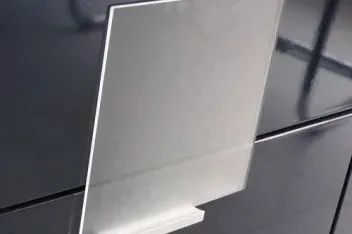
In short, quartz sand plays an irreplaceable role in industrial silicon, quartz crucible and photovoltaic glass in the photovoltaic industry. With the global demand for renewable energy continues to grow, the rapid development of the photovoltaic industry, photovoltaic installed capacity continues to increase, its demand for quartz sand has also ushered in rapid growth.



